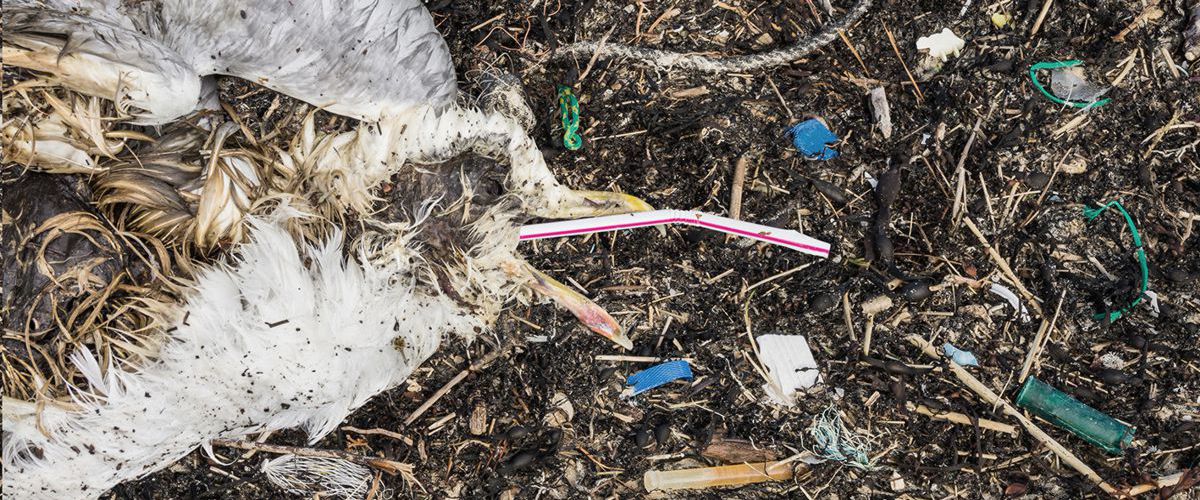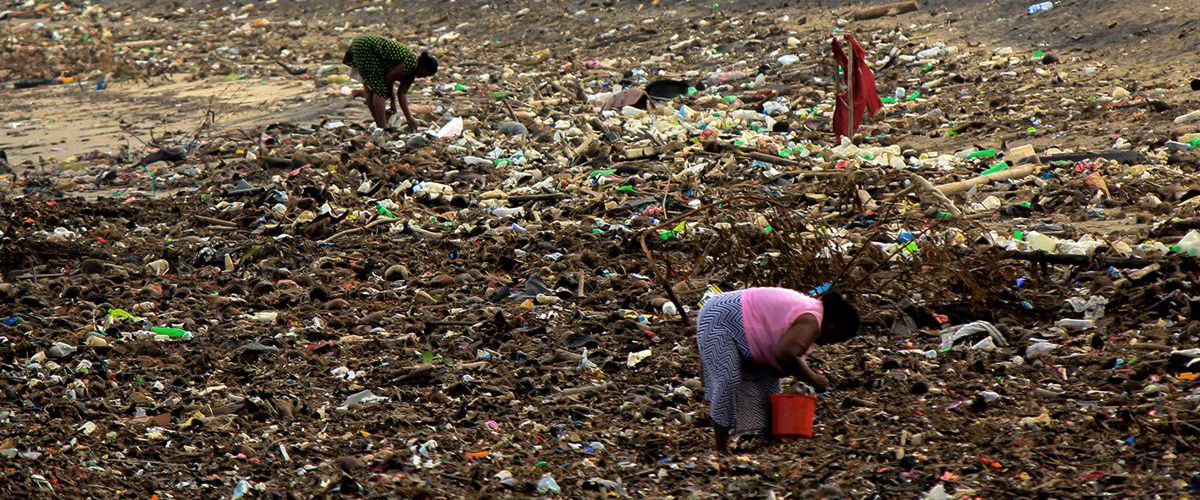Content
We cannot greenwash the plastic plague.
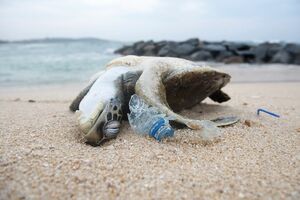
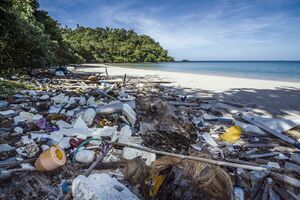
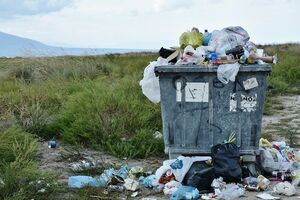
Nature produces in abundance. But waste is alien to it – everything is recycled and nourishes its regenerative cycles. As Western societies, we cultivate a lifestyle of unprecedented prosperity at the expense of nature and other species.
We at Goerner Bionics are deeply concerned about this.
The seriousness of the threat to the planet forms the basis for our determination to act. For us, the fact that it could even get to this stage is an unmistakable sign that it is not enough to expect the pressure for more sustainability to come from consumers alone. Moderation in the use and handling of limited raw materials and resources must be proactively exemplified by industry, because it is a problem for society as a whole that we can only tackle with combined forces.
The consumer is overwhelmed by the responsibility for disposing of industrial and commercial products. As true experts for their products, manufacturers must not pass on their responsibility for ensuring waste disposal that is as environmentally friendly as possible to others.
This may sound a little uncomfortable. But far more uncomfortable and incriminatory is the fact that not just countless animals but whole species and ecosystems are knowingly suffering from the consequences of our human lack of conscience and are dying miserably while whole habitats become desolate. We must leave our own comfort zones because humans alone are responsible for destroying the habitats of so many living beings.
The eco-balance of human failure. A few facts and figures.
The true dimensions of the global plastic plague cannot be quantified. A digression into the horror.
Approximately 400 million tons of plastics are produced annually. In an international comparison, at about 20% Europe is the second largest producer in the world after China (approx. 29%) and at well over 60 million tons per year is responsible for about one fifth of world production. The packaging industry, which consumes about 40% of the plastics produced worldwide, is by far the largest consumer.*
The loss in value of plastics that are recycled, thermally utilised or sent to landfill in varying proportions in Europe amounts to around 95% after their first use. That is the dark side of a material that has taken the world by storm and burdened it like no other.
In an EU comparison, Germany led with 220.5 kg of packaging waste per person and year (2016); the EU average is around 167 kg. While the increase in general packaging consumption has risen by about 20% since 2000, the share of plastic packaging has increased by almost 75% over the same period. A huge problem that we lost control of a long time ago.**
* Plastic waste and recycling in the EU – European Parliament
** Plastic study 2016
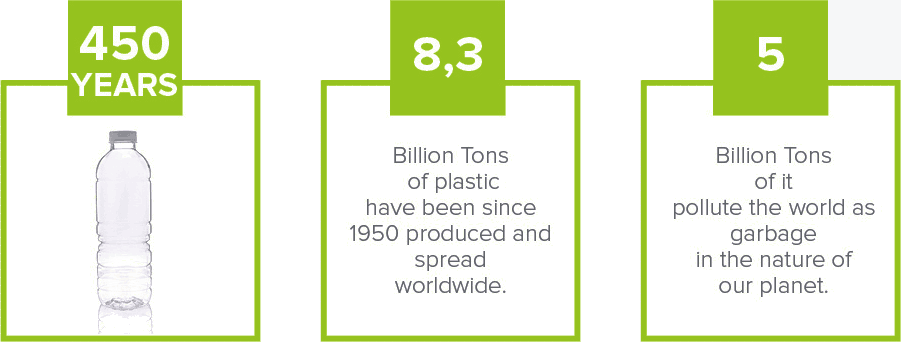
Micro is the new mega.
Microplastics are plastic parts with a diameter of less than 5 millimetres. According to a UN declaration of 2017, an estimated 51 trillion plastic particles are found in the oceans of our world, about 500 times more than stars in our galaxy.
Micro- and nanoparticles can be found almost everywhere today and threaten living beings and habitats. A ban on microplastic additives, for example in the cosmetics industry, is already being discussed politically. However, this will not solve the problem by a long shot.
The only way that promises a sustainable solution to the waste plague is by real innovations that can completely eliminate the primary use of plastics in our products by using degradable and renewable raw materials and materials. So that our garbage will at least decompose by itself if we cannot prevent it from ending up where it does not belong.
